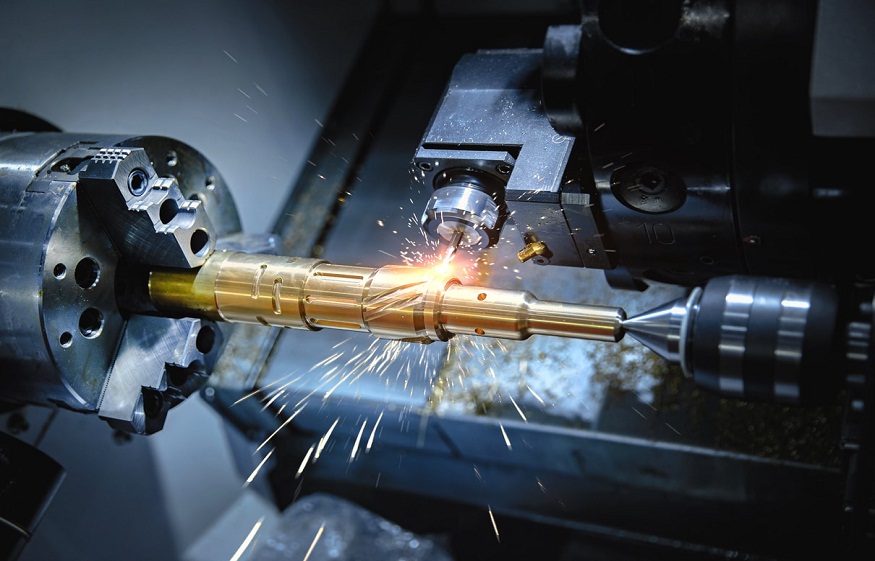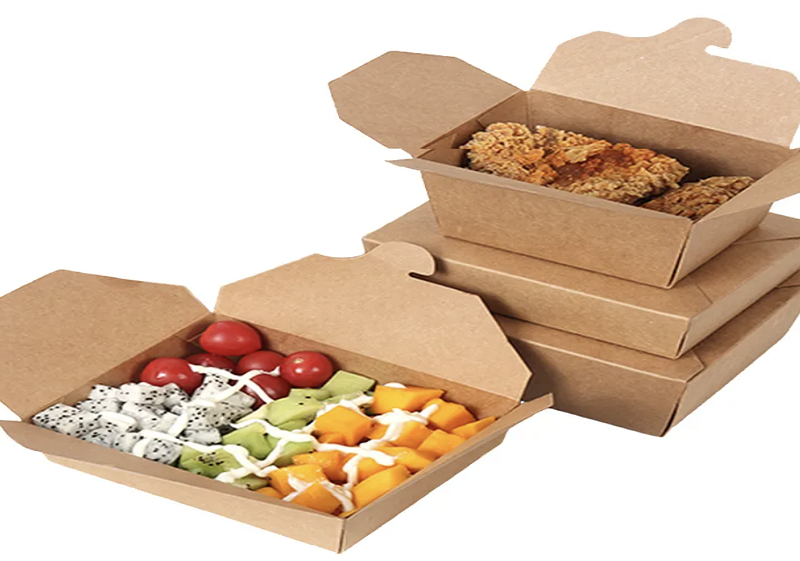Choosing the best machine tools is essential. Regardless of whether the aim is to replace existing tools or build a new professionally equipped workshop of any specialization, the selection of appropriate machine tools is critical to performance. Now let’s consider some fundamental principles to guide the procurement of the right machine tools.
1. Understand Your Specific Requirements
Before you consider machine tools, it is important to understand your requirements in respect of the range of products available to them. You must think of the amount of production volume you want, the nature of projects that will require categoryName services and the type of materials that will need to be processed. The following factors should also be taken into account; floor space available in the workshop and if your projects have specific technical requirements that must be met. Which material will you need? Wood, plastic or metal? Is accurate within the micrometers employed, or are mere standard tolerances adequate? Knowledge about these basic factors will assist in short listing the various possibilities as well as avoid avoidable mishaps.
2. Evaluate Power and Performance Specifications
The value of the power parameters as well as strengths of a machine tool heavily influence its performance. Looking at specific data like torque and speed as well as the output power in addition to the basic horse power values should also be considered. Think about the duty cycle of the tool: how many hours, days or weeks for it to get too hot to continue running or to be switched off? Sometimes such fully industrial-grade instruments might call for special powering means; so be careful with power supply connectors or ask your supplier about it. Another area that is often affected by acceleration and deceleration of the machinery is productivity especially in line functions and high output manufacturing.
3. Assess Build Quality and Durability
The quality of the machine tool’s construction has a big impact on how long it will last. Examine the materials used in important areas; stress-bearing sections should contain cast iron, premium steel, and other long-lasting materials. Look for features like exact alignments, strong fastening techniques, as well as smooth welds that indicate high-quality production. For stability and vibration management, pay close attention to the tool’s base as well as frame structure.
4. Consider Precision and Accuracy Features
When it comes to machine tools, accuracy and precision can mean the difference between mediocre and outstanding outcomes. Pay attention to the tool’s resolution, repeatability, and placement precision. Features like computerized readouts, automated backlash compensation, and precision adjustment mechanisms are frequently seen in modern tools. Think about how readily the tool can be calibrated or altered, as well as whether it retains its accuracy over time. Look for features like precise ball screws, sturdy locking mechanisms, and hardened and ground ways that aid in maintaining accuracy. Scales, electronic positioning devices, and reference markings can all significantly improve operational precision.
5. Examine Operational Safety Features
When choosing machine equipment, safety should always come first. Seek out all-encompassing safety features such as interlocking systems that halt operation when the guards are removed, emergency stop buttons, as well as safety guards. Take into account where controls as well as displays should be placed; they should be visible and easily available without placing the user in an awkward or hazardous posture. Safety sensors, thermal protection systems, and automatic shut-offs for overload protection are examples of contemporary safety features. Long-term operator comfort as well as safety may be impacted by vibration characteristics and noise levels, so pay attention to these.
6. Analyze Maintenance Requirements and Accessibility
The ease of doing maintenance activities is important since regular maintenance is essential to maintaining machine tools in good condition. Look for instruments with conveniently accessible lubrication locations, quick filter replacement methods, and basic adjustment mechanisms. Take into account the price and accessibility of replacement parts; certain manufacturers have superior options for both. Take note of the elements that make maintenance easier, like the tool’s modular architecture, clear access points, and detachable panels. Having monitoring systems or maintenance indicators in place can assist avert unplanned malfunctions. Ask yourself if regular maintenance tasks require specialized equipment or knowledge. Additionally, consider what is included in the suggested maintenance intervals; certain tools may need more frequent care than others.
7. Factor in Technological Integration Capabilities
In the increasingly interconnected workshop of today, think about how well the machine tool can function with contemporary technology. Features including network connectivity, digital controls, and computer-aided manufacturing (CAM) software compatibility should be looked for. Think about whether the tool can be enhanced in the future with new control systems or technology. Productivity can be greatly increased by having the capacity to store as well as retrieve settings, automate repeated actions, or interface with workflow management systems. Take note of the user interface design; your operators should find it easy to use as well as effective. Predictive maintenance features, connectivity with mobile devices, and remote monitoring are examples of modern tools. Think about if these technology elements actually improve your operations or if they could make things more complicated than they need to be. Though sophisticated features can be useful, keep in mind that
8. Calculate Total Cost of Ownership
A machine tool’s purchasing price is only one part of its overall cost. Consider all aspects of ownership, including installation costs, power usage, maintenance charges, and prospective training requirements. Think about how much the machine will cost for consumables, tools, and extras. Think about the tool’s energy efficiency and how it may affect your long-term operational expenses. Consider the warranty’s coverage and contents; some manufacturers provide more thorough protection than others. Take into account the tool’s possible resale worth as well as its potential for long-term value retention. Make sure to account for any necessary facility adjustments, such as foundation requirements or electrical upgrades. Keep in mind that operator training and installation downtime costs should be factored in.
Conclusion
You’ll be in a better position to choose the best machine tools saudi arabia in saudi arabia that will satisfy your needs now and yield long-term returns on your investment if you carefully evaluate these eight crucial factors. Keep in mind that the ideal option frequently strikes a compromise between several aspects rather than focusing on one. When choosing, take your time, seek advice from seasoned users when you can, and don’t be afraid to ask for trials or demonstrations before deciding.



